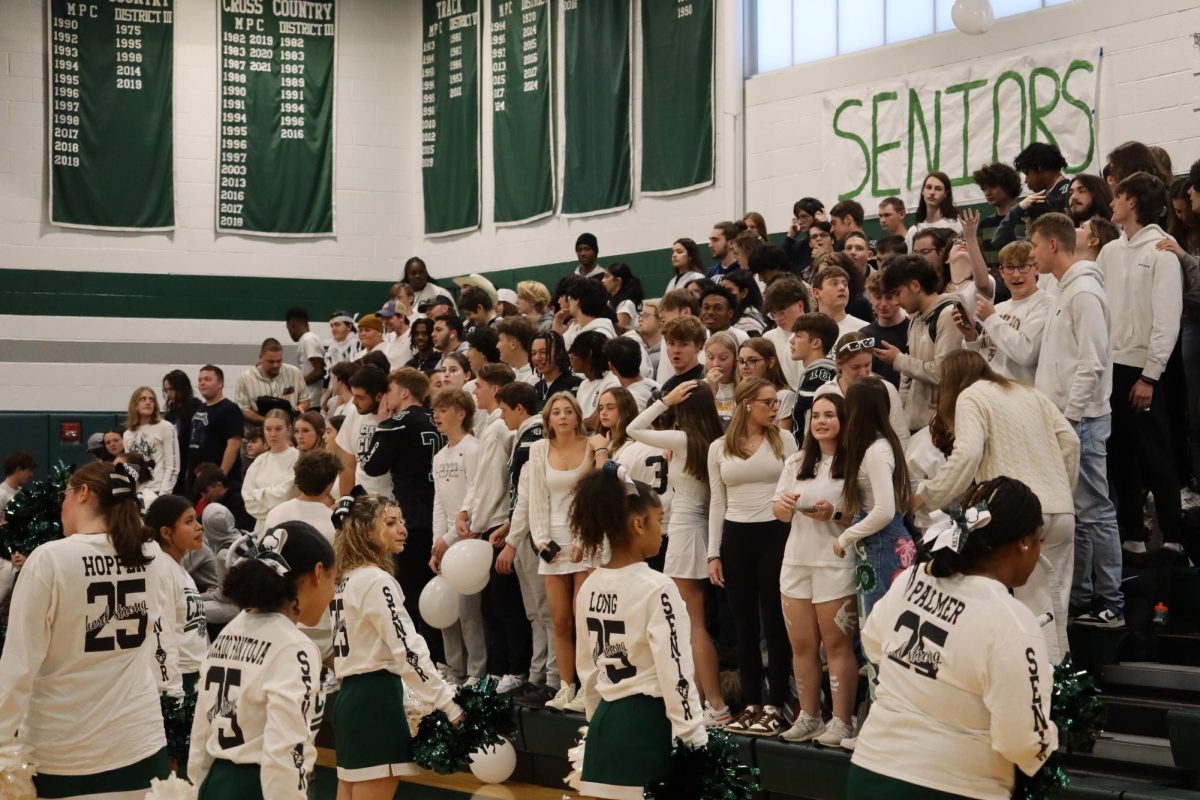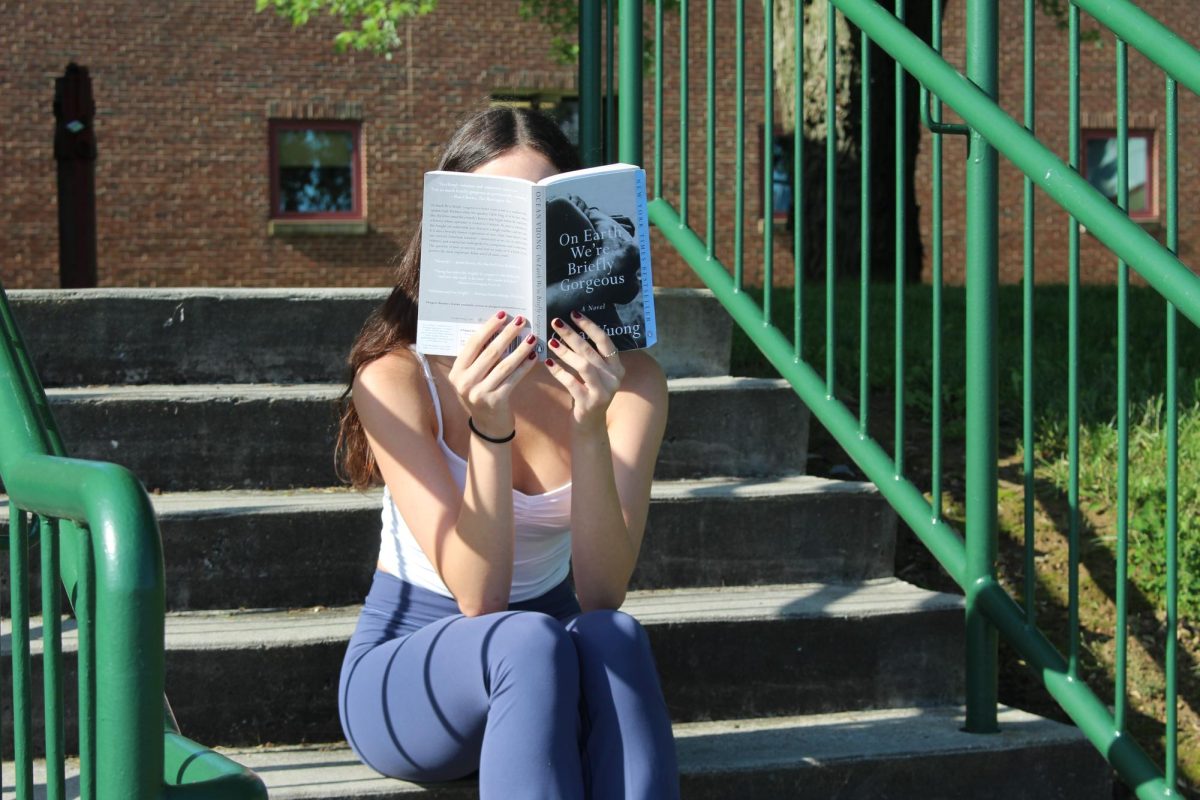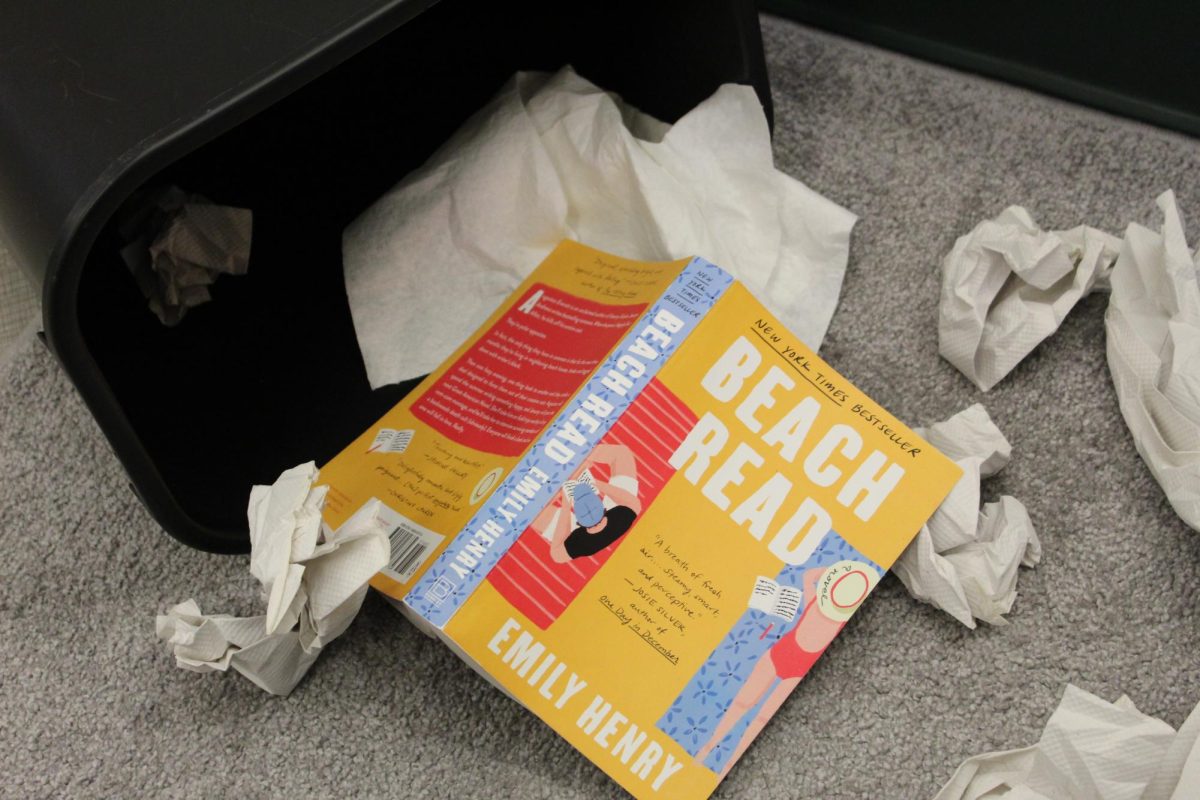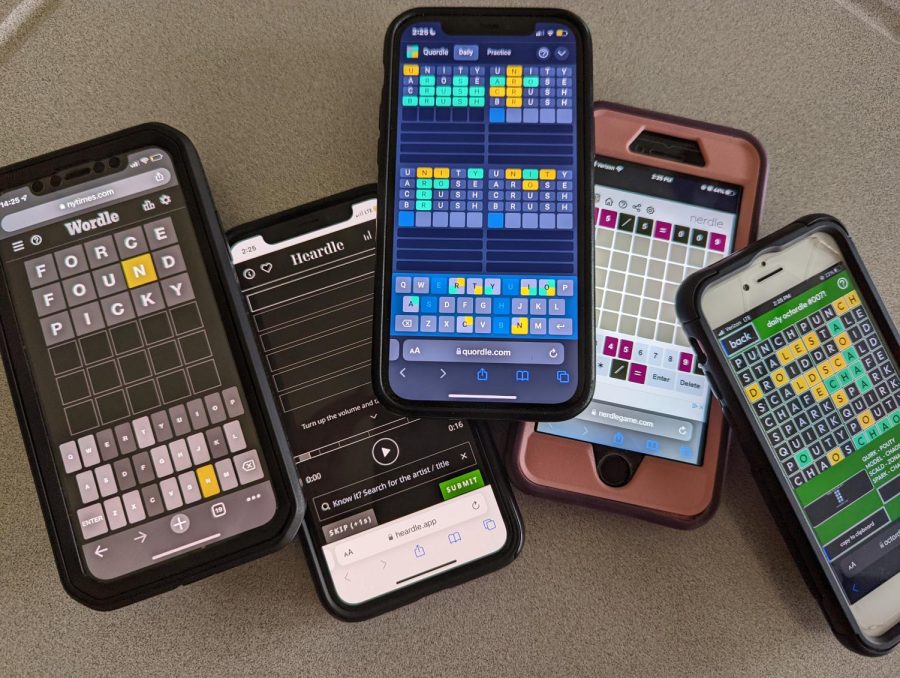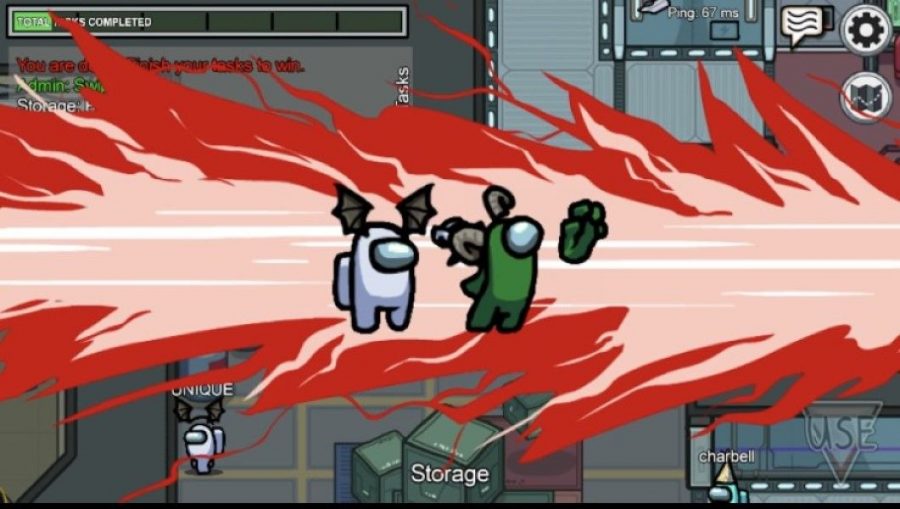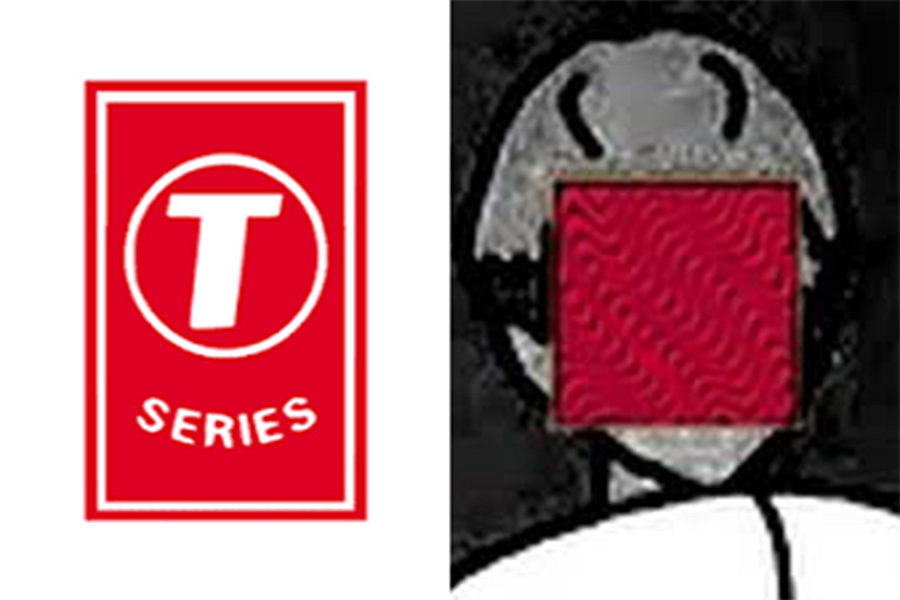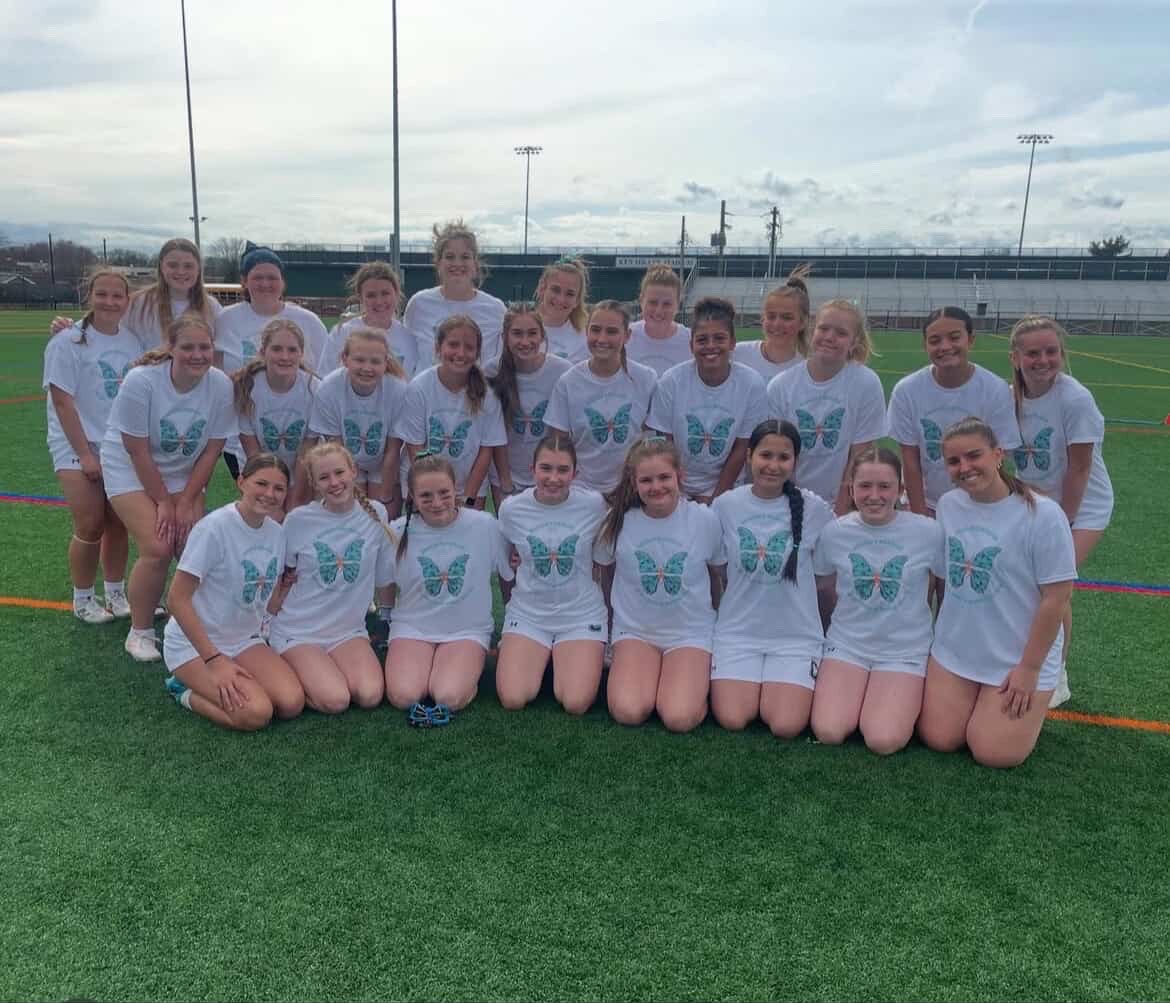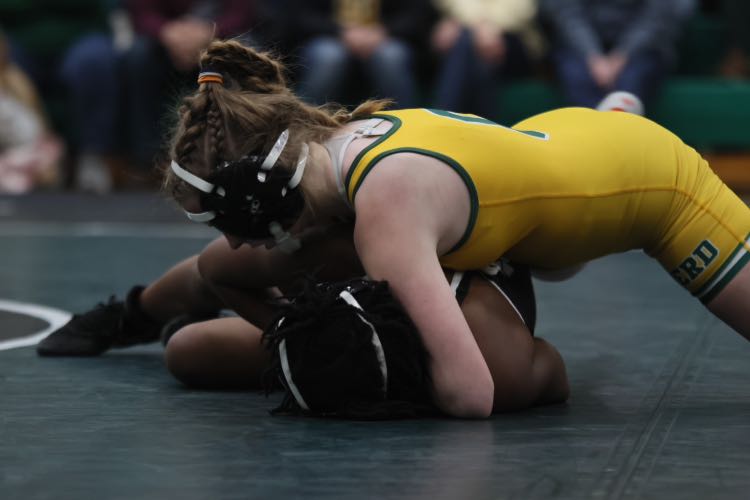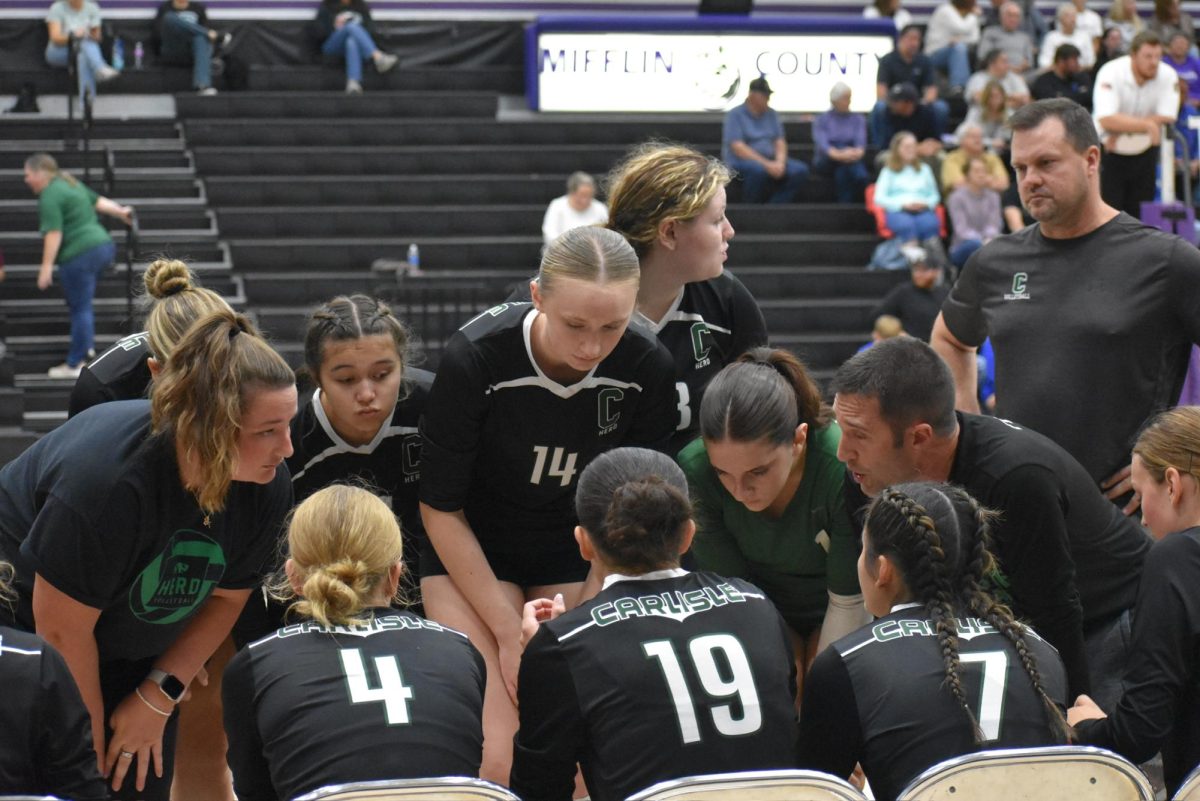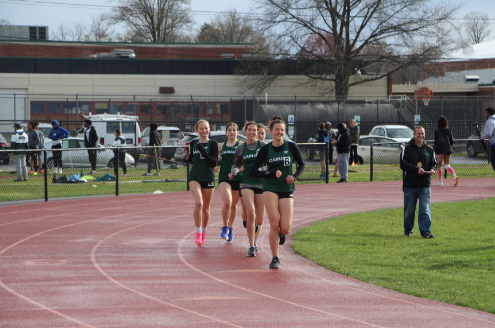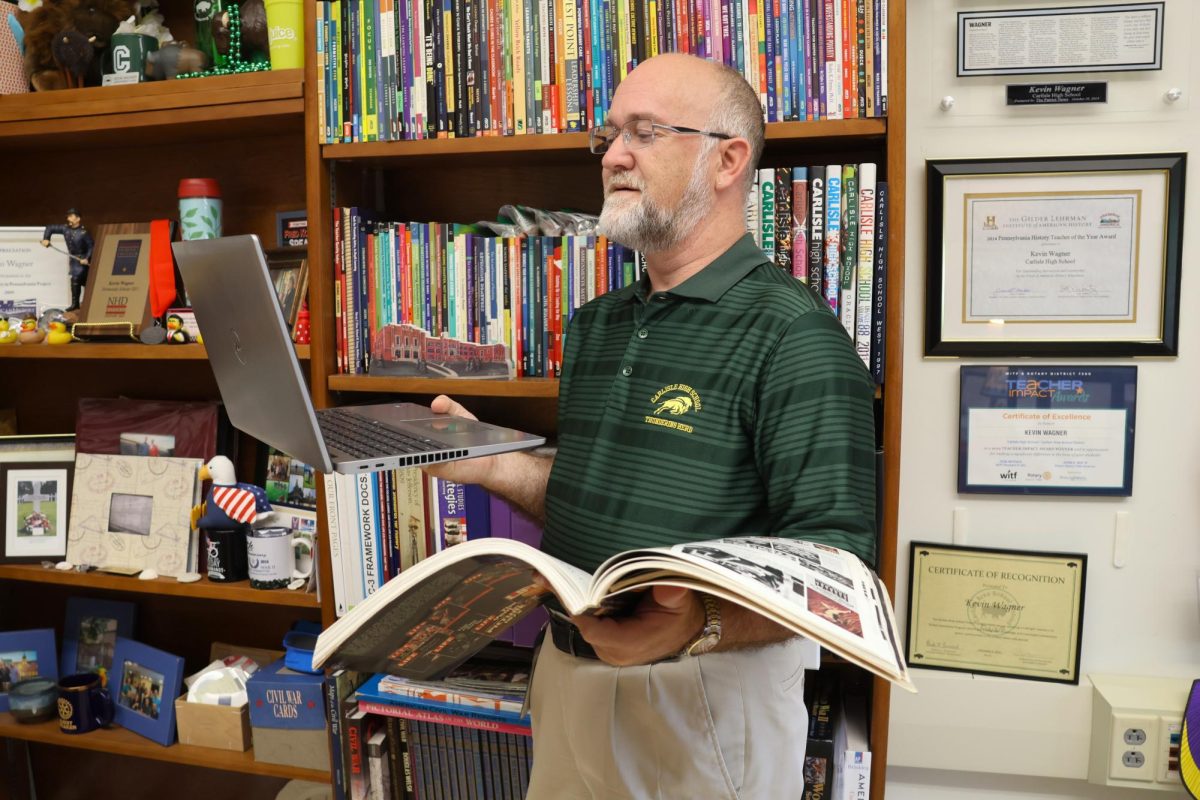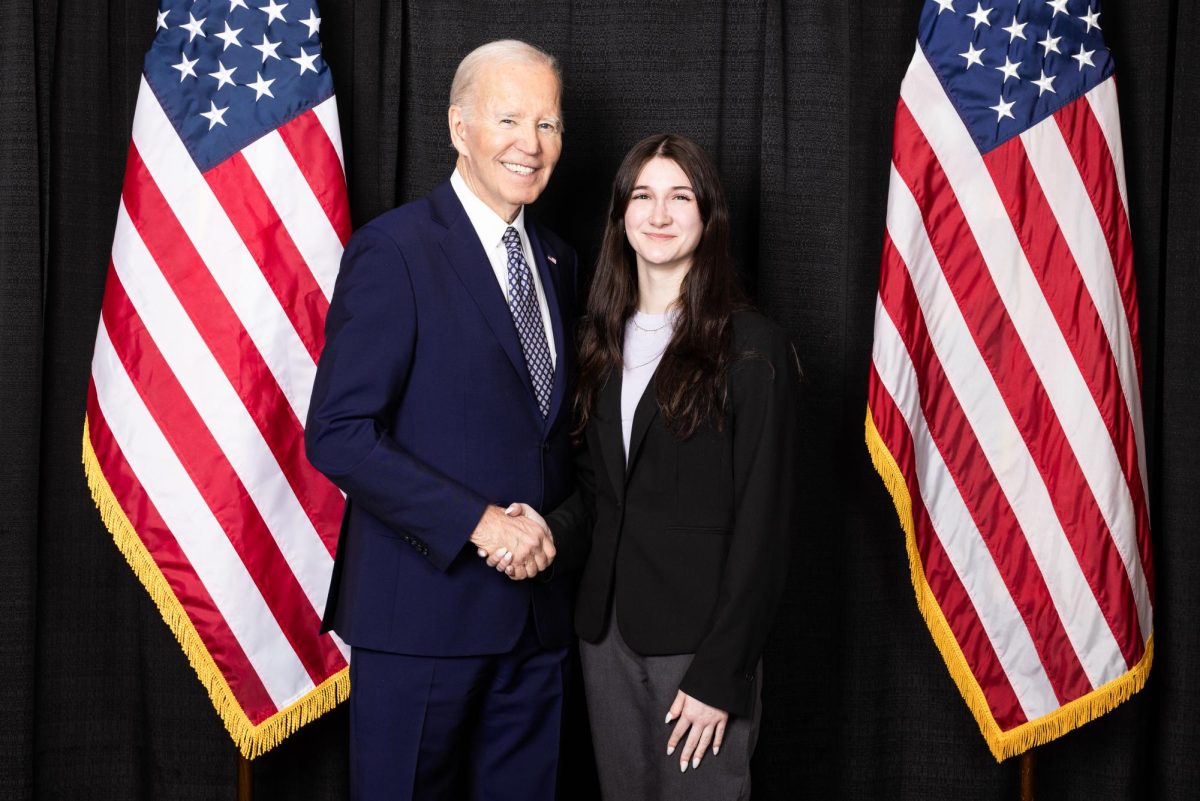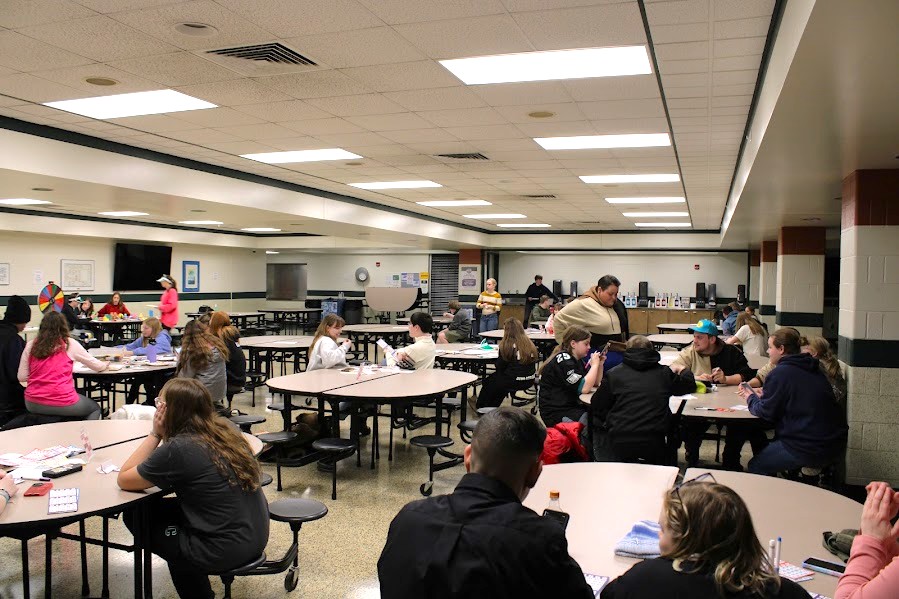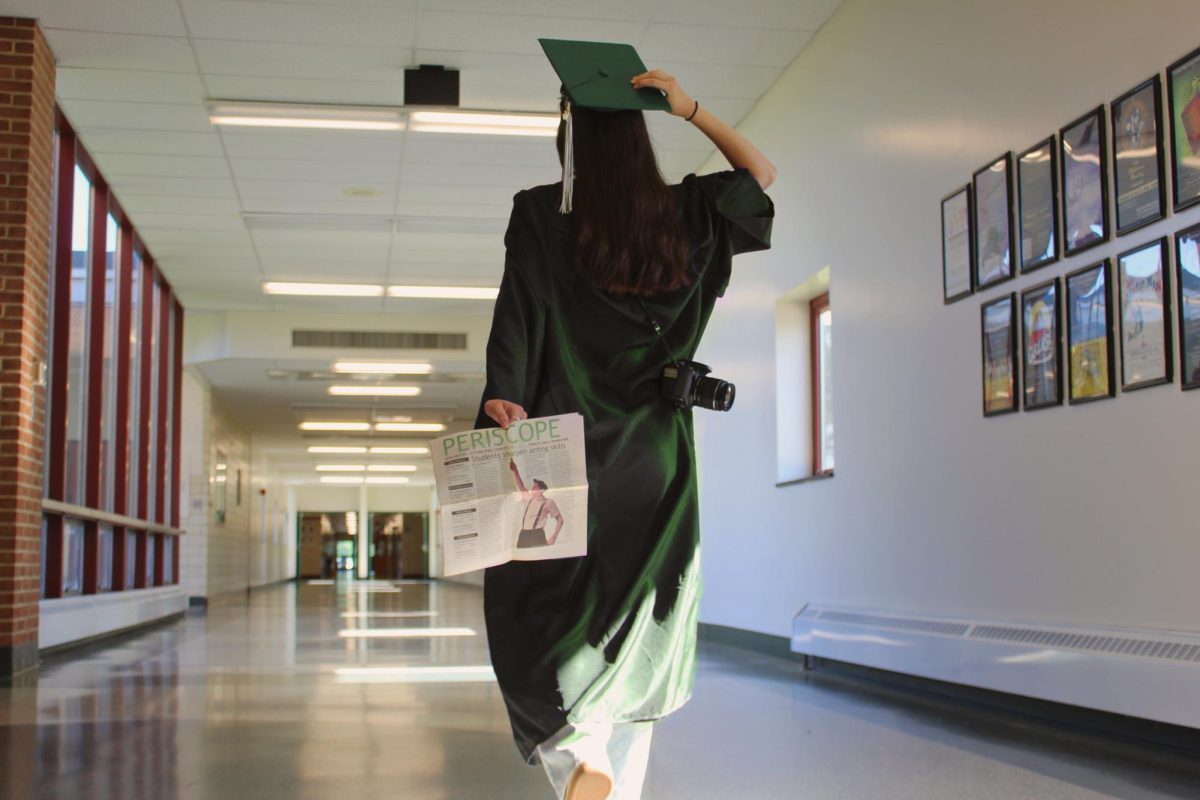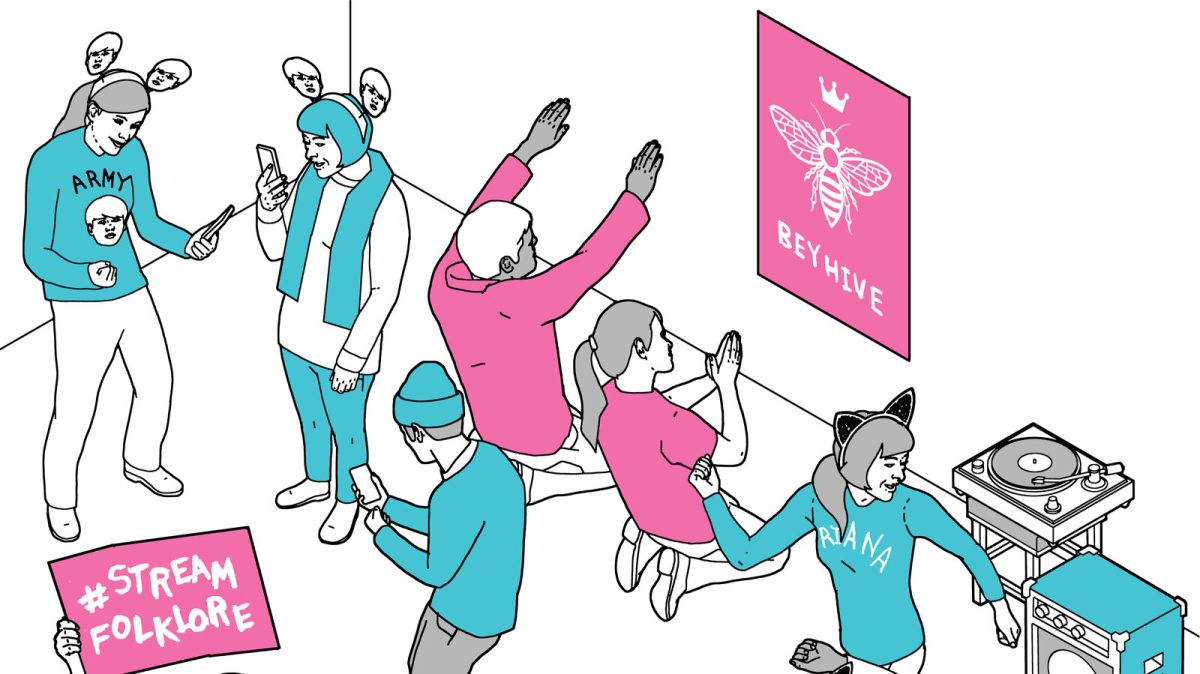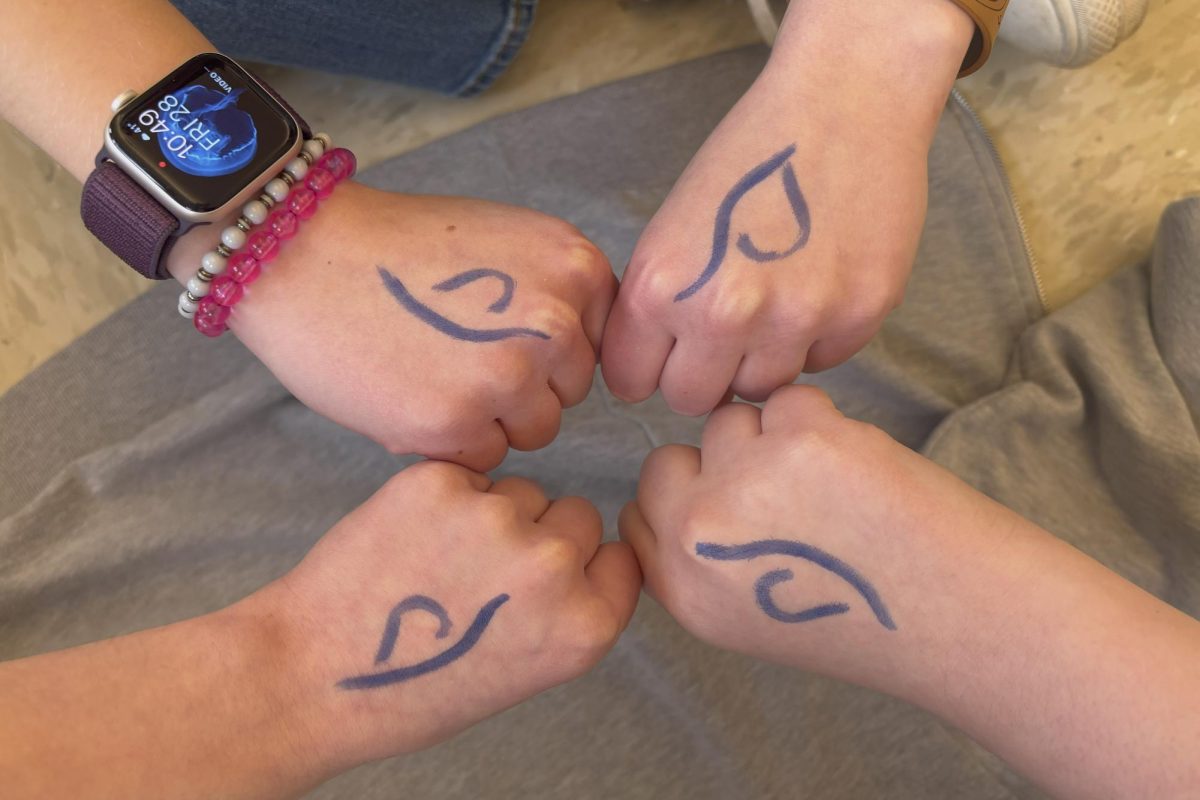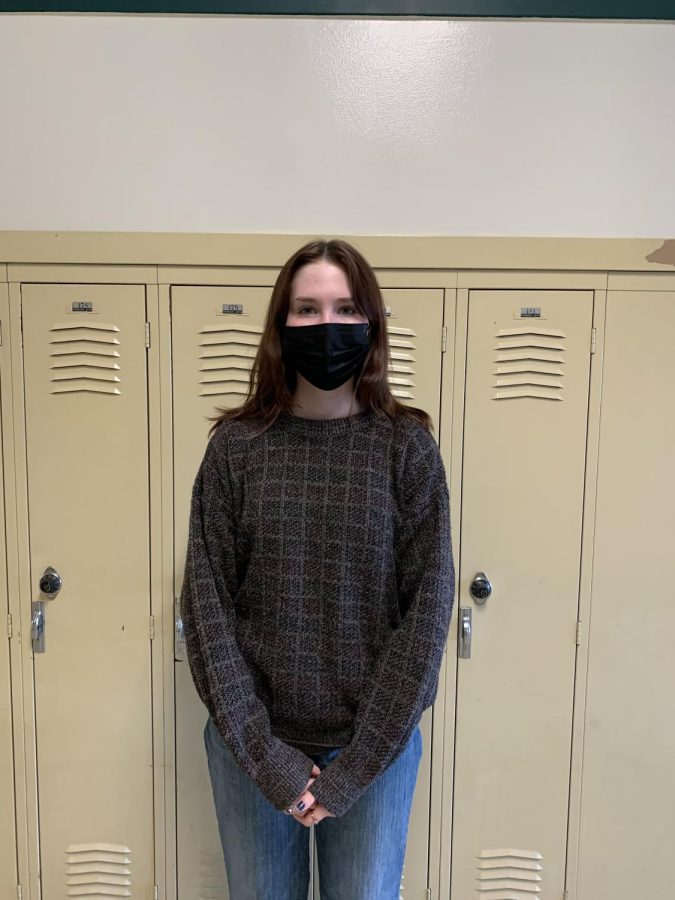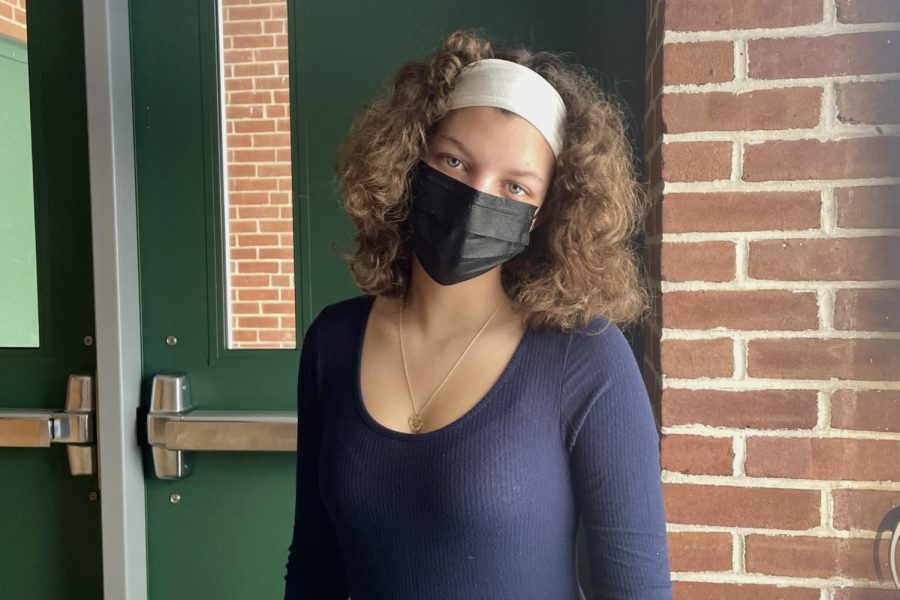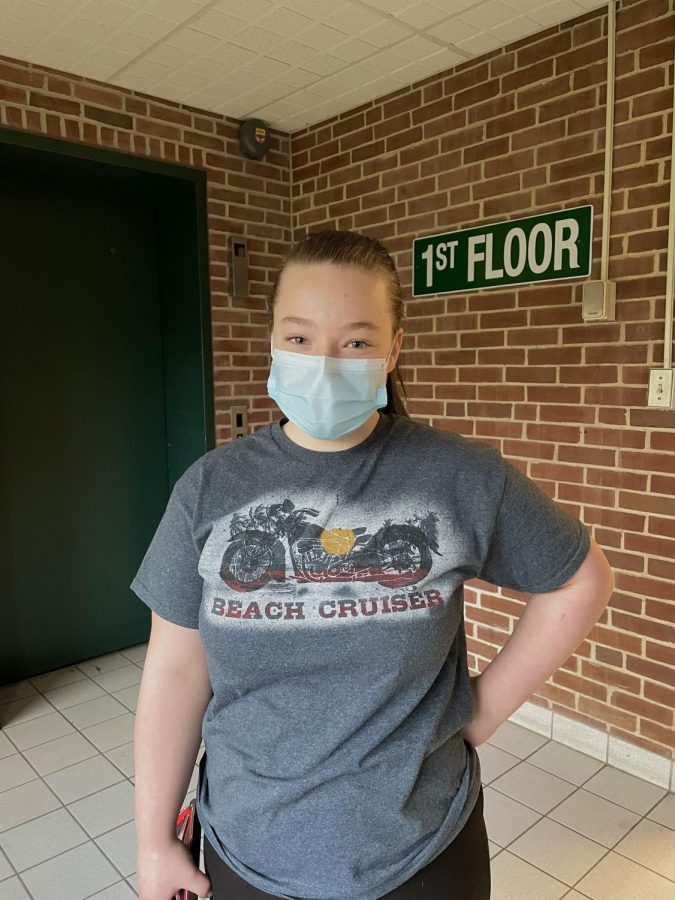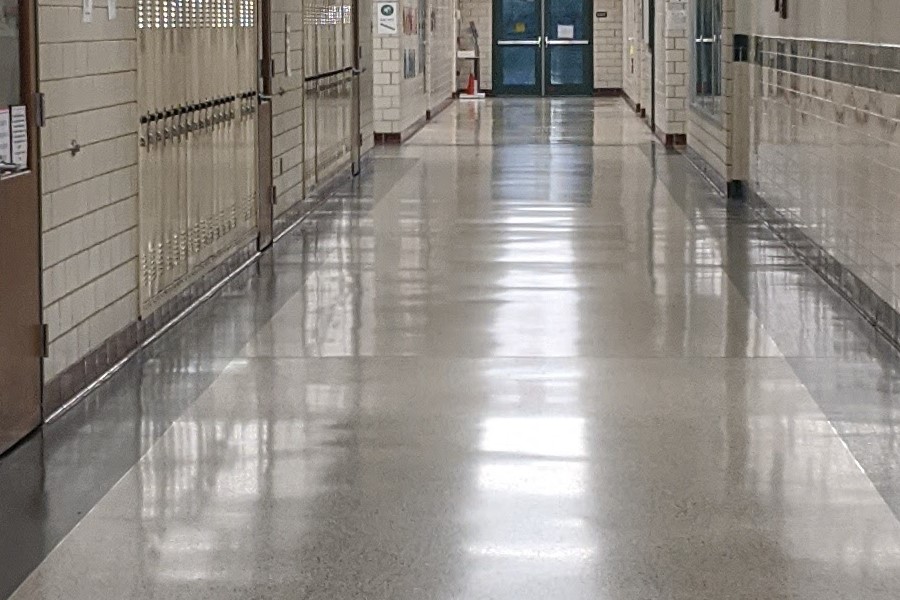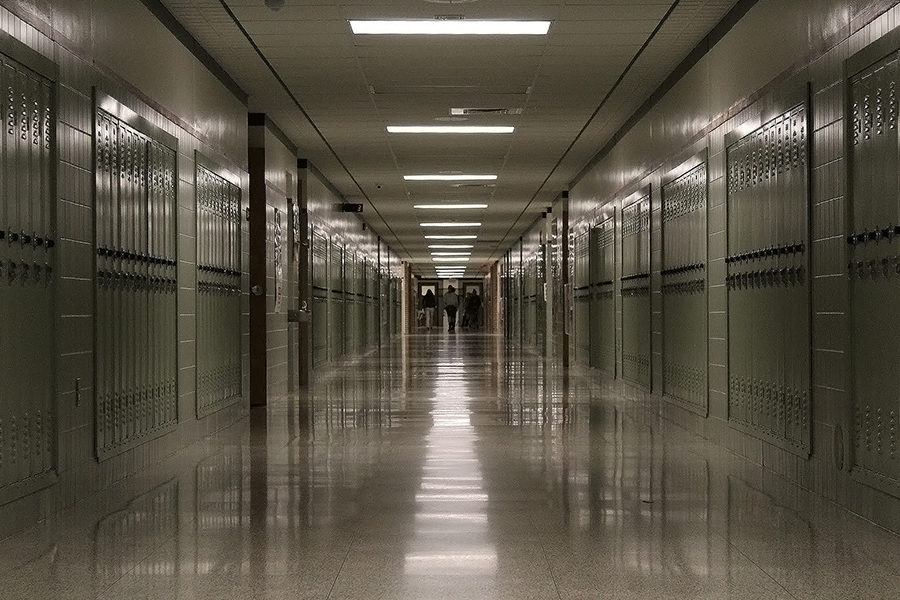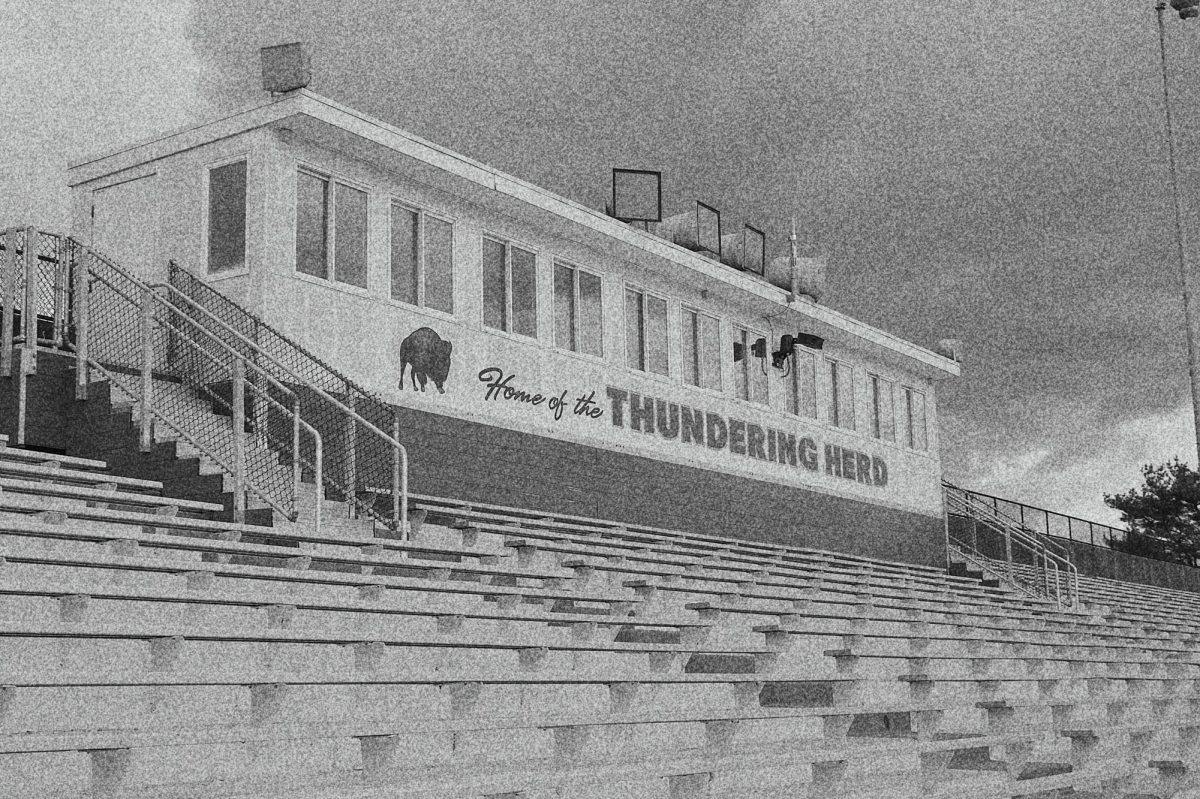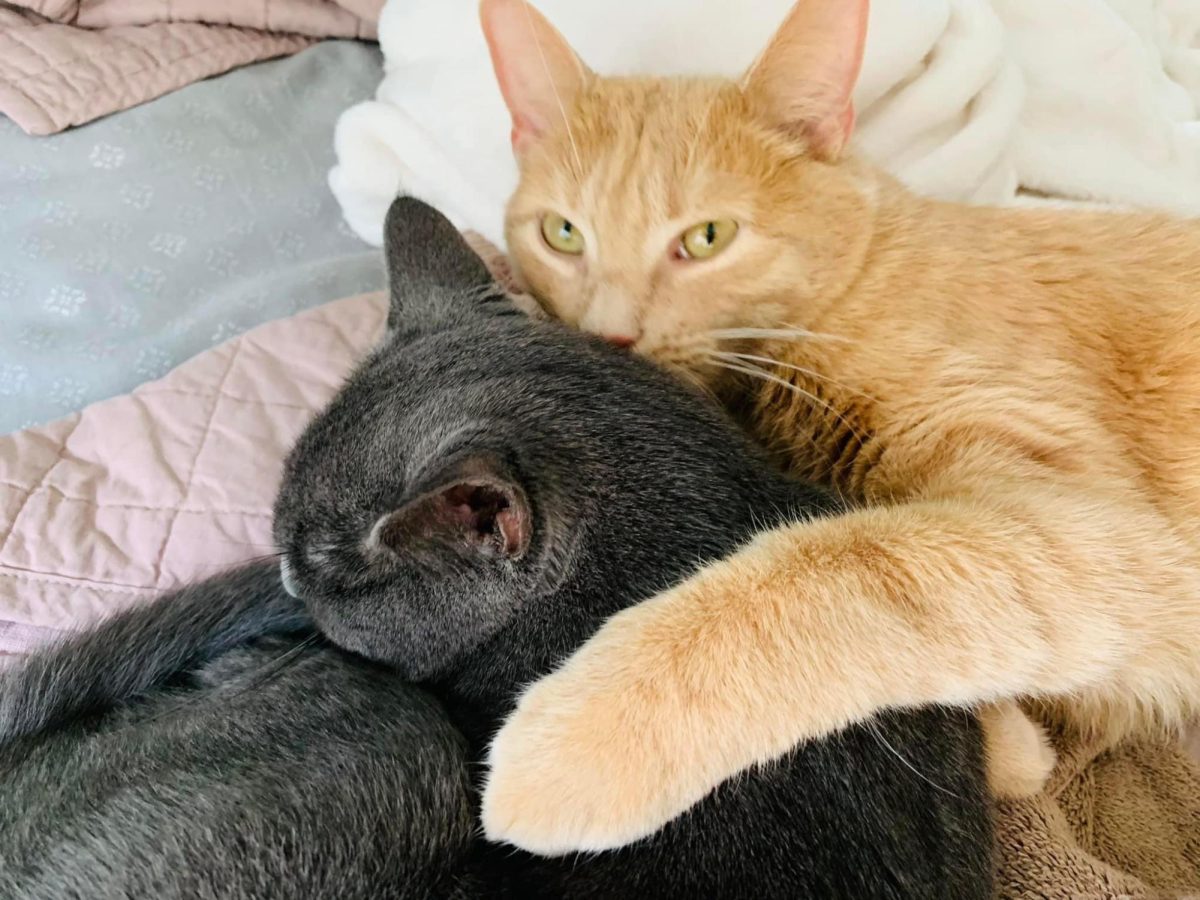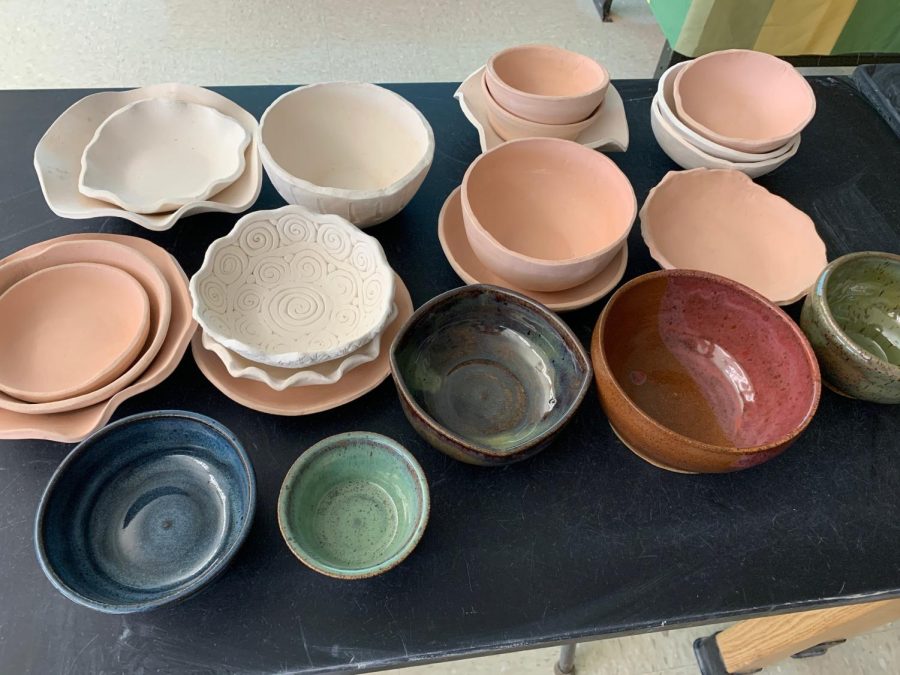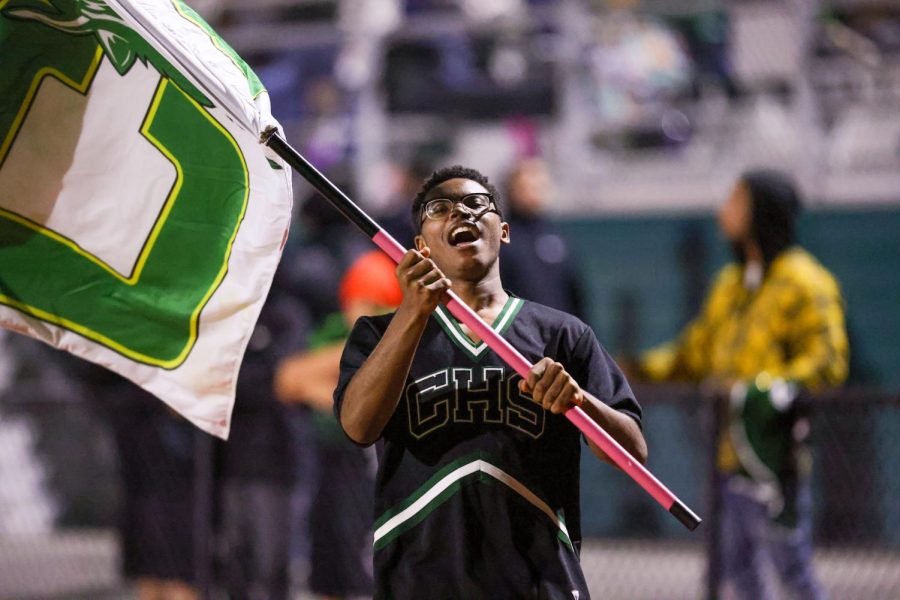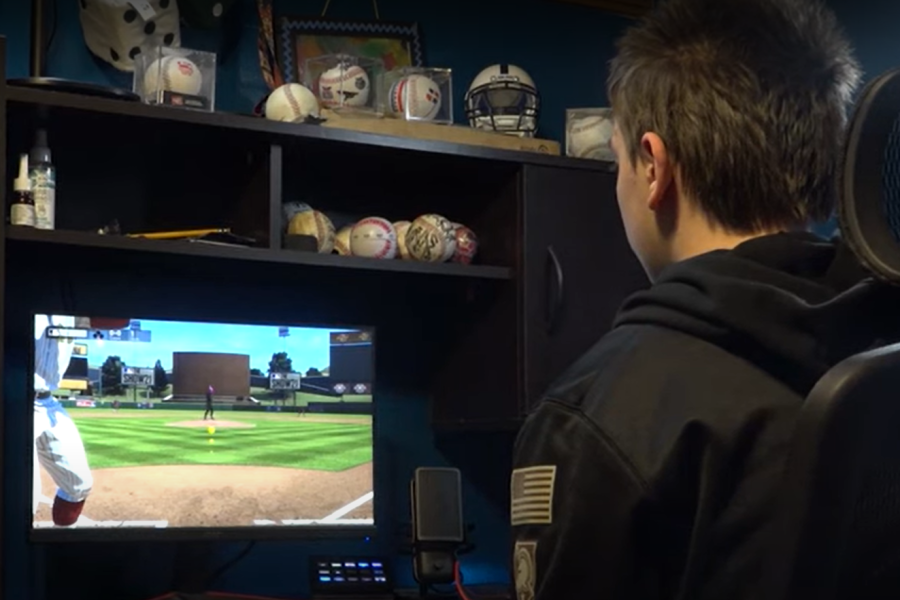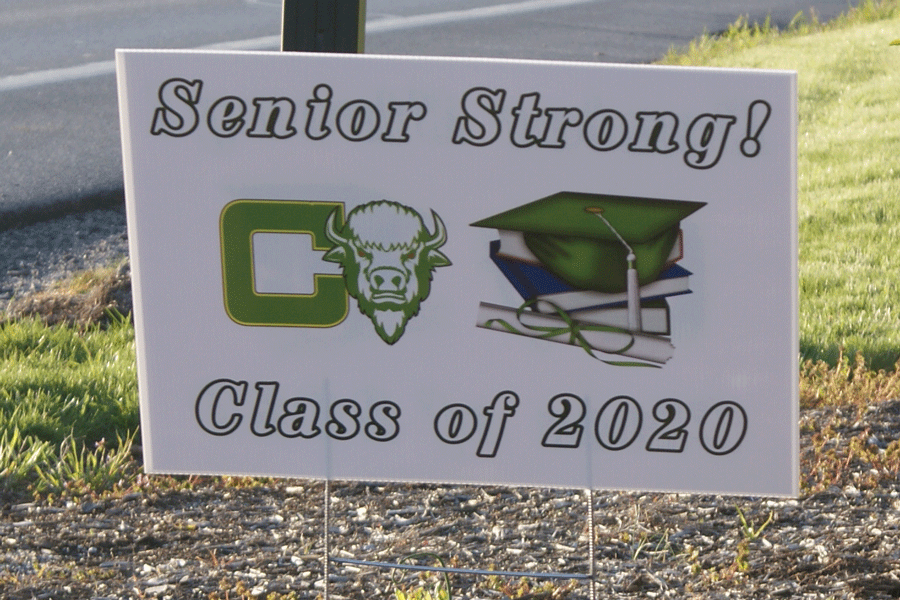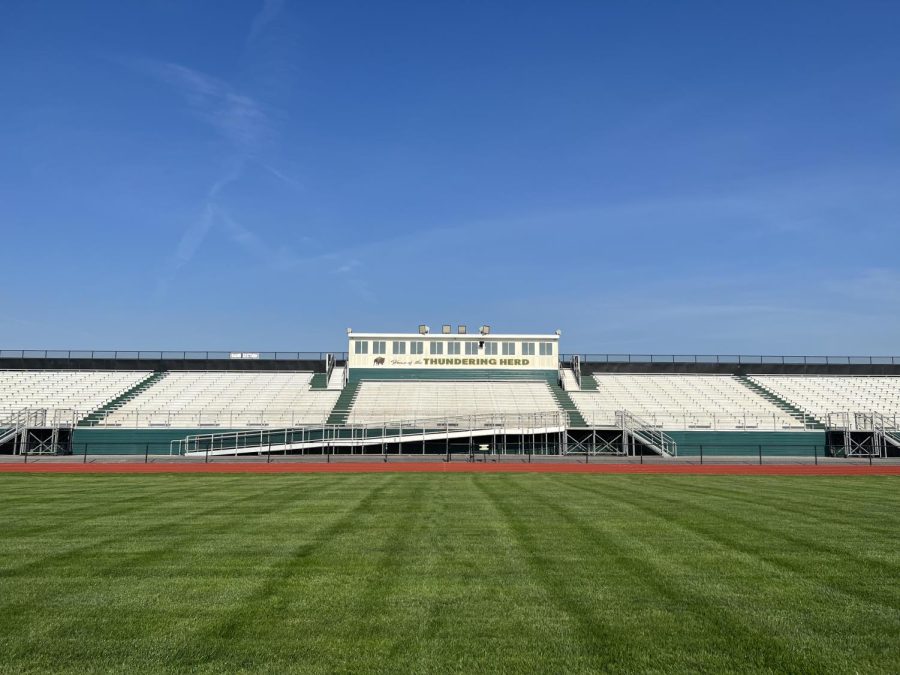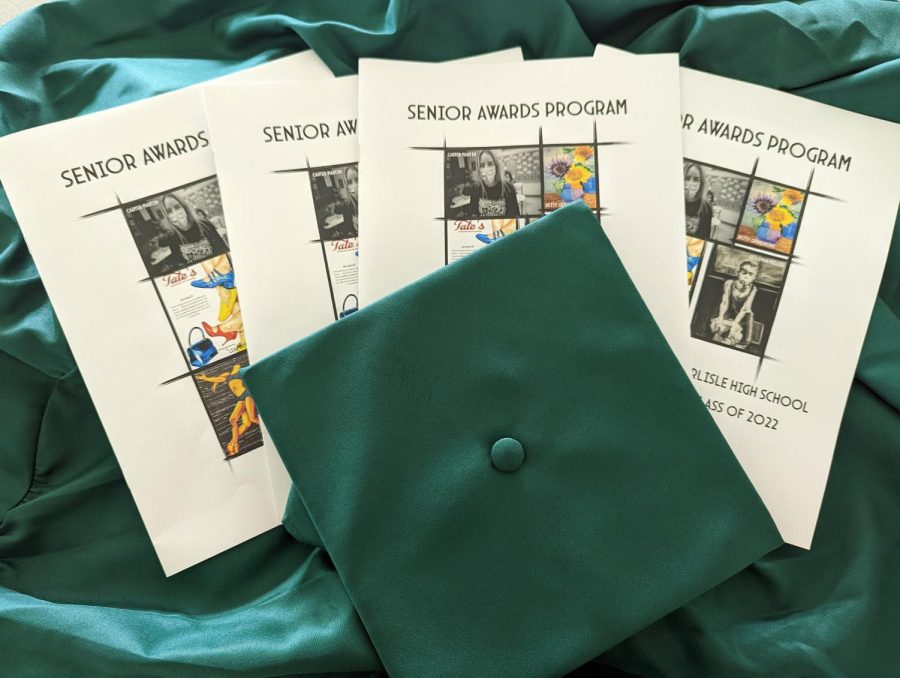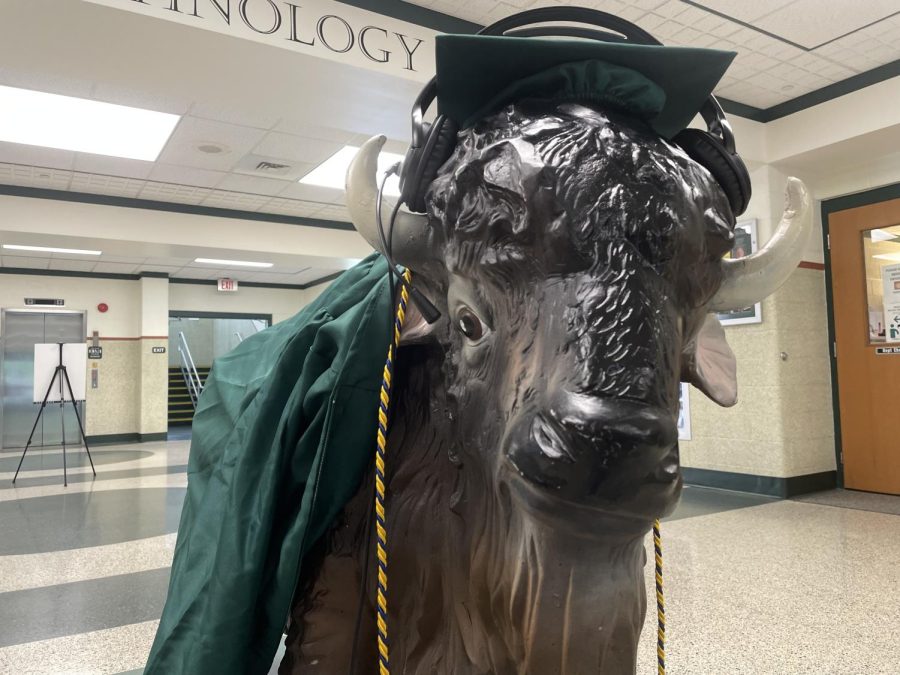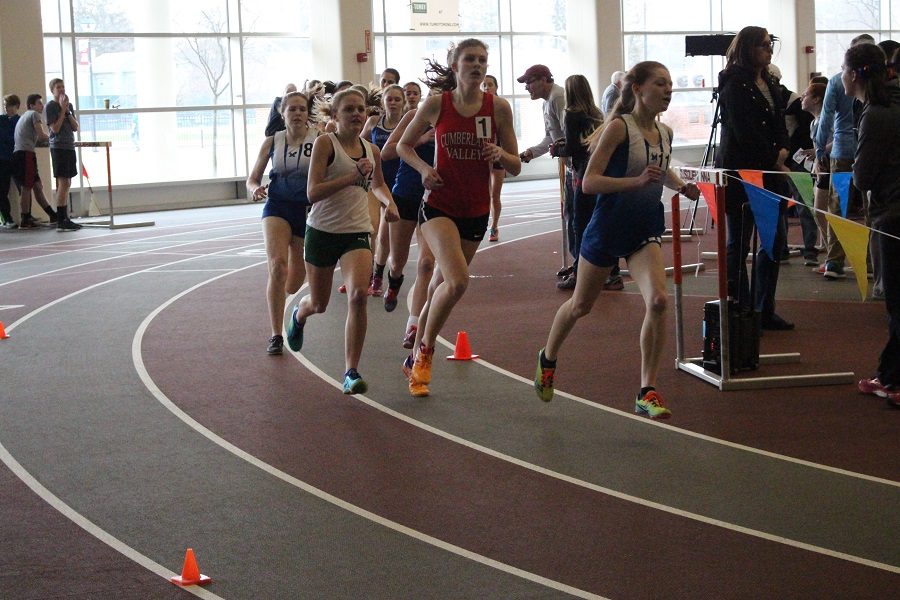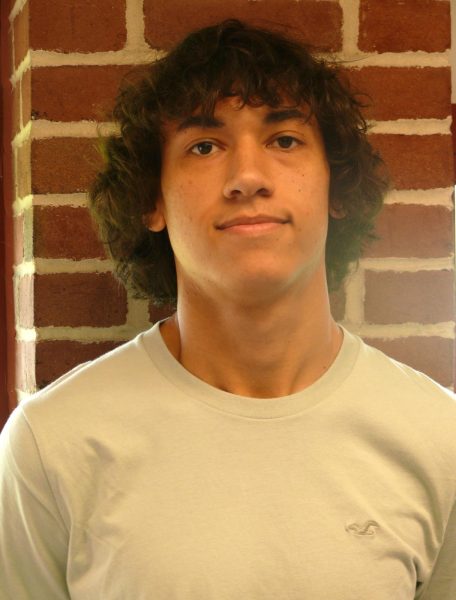The real competition for indoor track: Is it an official sport?
Sophia Toti powers around the track to help claim the 7th place title in State College. This is Toti’s first year on the team.
March 19, 2018
On Sunday, February 25, CHS’s Indoor Track team ranked 7th in States at Penn State University, the first time in Carlisle’s Indoor Track history.
Indoor Track actually isn’t new to CHS, and while most people have heard of it throughout the second half of the school year, this year is the first year the sport has been taken more seriously, according to members of the team.
The sport was first introduced as a club here at CHS. Instead of typical meets, there are only about four invitationals a season, with the players working towards qualifying for a state title.
“Our head coach, Ed Boardman, has really been pushing it to try to make it a sport, with focusing in on attendance and taking all meets seriously is a way to advance it to becoming a sport. We’re having a lot of success,” said junior Meg Lebo.
The players competed against high school teams like Saint Francis Academy, which is located in the Philadelphia area, and State College.
Sophomore Sophia Toti described CHS’s indoor track team as being completely different from her old school in North Carolina.
Toti said, “It also wasn’t established as a sport, but we didn’t have to work as hard for it there as we do here.”
Athletics director, George Null said, “There’s a process of something becoming a club and an affiliated sport and there are criteria that need to be met, and some of that criteria is not being met. We have to follow the rules.”
Indoor Track is considered more of a “school function” rather than a club. According to Null, the Indoor Track team has all the aspects of a school team, such as checking for eligibility, providing a trainer, and requiring sports physicals and medical documents, but they can’t be funded as one. Costs, such as transportation, come from the track team itself and the budget increases through each function.
“The Indoor Track team should be running everything that the track team does, but we don’t have the facilities or the money, and it just becomes a financial issue,” said Null. “The districts are helping the funds as much as they can. We’re starting to recognize players with letters and awards and paying some of the coaches salaries, but it can’t be a full-fledged thing right now.”
Additionally, the PIAA recognizes Indoor Track as a sport, but there have to be enough schools locally, Mid-Penn, to have Indoor Track established as a sport that meets all criteria; there has to be a league.
The decision has to be made through administration protocols, with the evidence being submitted to the superintendent and then referred to the board.
Although the Indoor Track season is over, the players and coaching staff are still reaching to convert the sport into an established sport here at CHS, but the need to meet the standards for the PIAA is essential.







